How the age of canal building returned to Lancashire
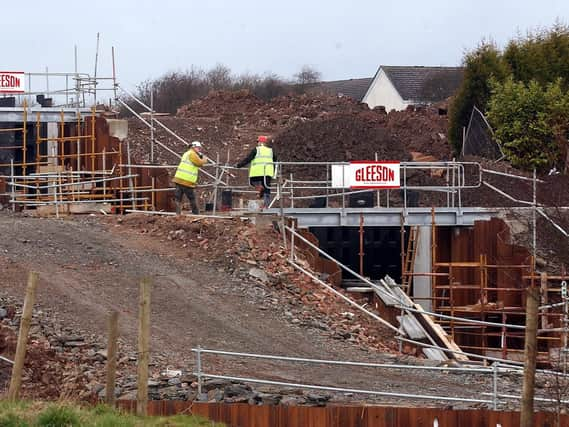

The Ribble Link owes its origin to the canal mania of more than 200 years ago, when the original Lancaster Canal was constructed. It was designed to run from the coalfields at Westhoughton, near Bolton, and continue through Preston and Lancaster to Kendal.
The majority of the canal was completed by 1797, but unfortunately the section between Walton Summit and Preston was not connected due to the immense cost of the locks and aqueduct needed, leaving the canal in two halves. In 1803 a horse drawn tramway, costing an estimated £60,000, finally connected the canal running from the basin at Walton Summit to a second basin close to Corporation Street in Preston.
Advertisement
Hide AdAdvertisement
Hide AdIn 1979 John Whittaker, a member of the Lancaster Canal Boat Club, raised the idea of once again trying to make a connection between the Lancaster Canal and the rest of the country’s canal system.
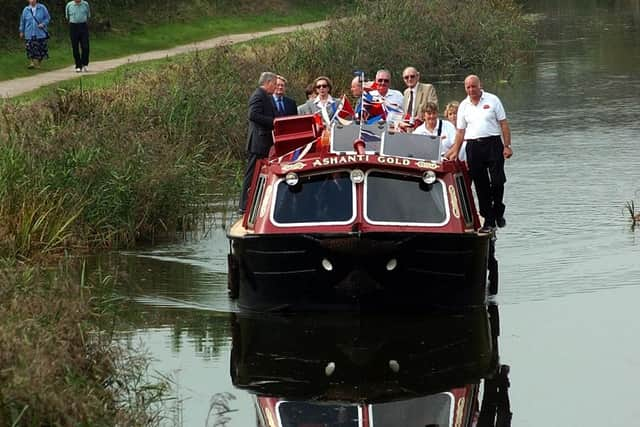

In 1980, the docks at Preston had closed to commercial shipping and this lead to the Association of Waterways Cruising Clubs initiating the pioneering cruise of 1982, which was organised by Terry Tomlinson. The cruise took them from Tarleton lock, on the Rufford branch of the Leeds and Liverpool Canal, to Preston docks to show the viability of the Ribble Link.
In October 1984, the Ribble Link Trust Ltd was formed as a registered charity run entirely by volunteers to campaign for the linking of the Lancaster Canal to the main network, not via an aqueduct, as originally envisaged by Rennie, but by canalising the Savick Brook. This stream passes under the canal in Haslam Park, where it then meanders westwards, for around four miles, through Ashton and Lea districts of Preston to meet the Ribble, at a point 1.5 miles downstream from the Preston Riversway Complex.
In January 1994 the trust submitted plans to Preston Council to apply for planning permission for the project. Following this application the trust was bombarded by various sections of the press, radio and TV, all curious as to how a group of volunteers with no experience of building canals could possibly attempt such a major yet novel idea.
Advertisement
Hide AdAdvertisement
Hide Ad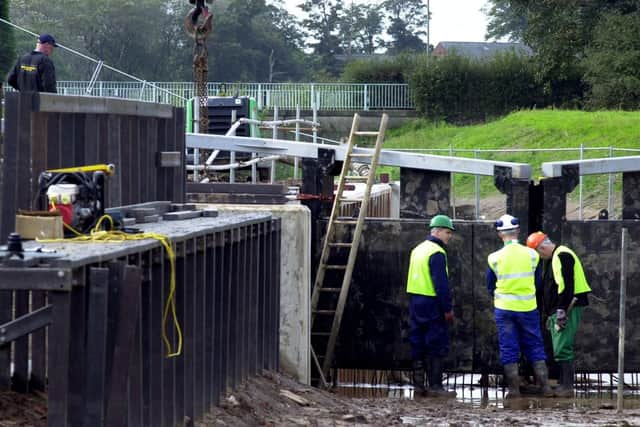

As time went on, the then Mayor of Preston Coun Ken Hudson, who later was awarded the MBE for services to the waterways, and a keen boater himself, managed to enrol the invaluable assistance of The Babtie Group, an engineering company which had recently opened offices in Preston.
The company gave a great deal of support to the project, in particular Richard Spalding, who was a director at the Preston offices. Using their expertise, the scheme started to move forward at an impressive pace, gaining more and more support from various groups across the region, including the then British Waterways. Earlier in the year an application for funds had been made to the Millennium Commission, but they suggested it needed to be re-submitted in greater detail.
Once again Richard Spalding’s team came good, and resubmitted the bid which gained National Lottery support with a promise of £2.7m. The trust then worked tirelessly to raise the rest of the funding via landfill tax credits from local landfill operators and local councils and businesses.
Eventually, Gleesons was awarded the contract to build the project and British Waterways agreed to project manage the construction of the waterway. Preliminary work started during the autumn of 2000 with the removal of trees and shrubs from along the route. The main works were programmed to start in the spring of 2001 and the contractor appointed Ruttles, of Chorley, to undertake the excavation of the waterway and a convoy of their trucks took the spoil away to a site near to the dock at Ashton.
Advertisement
Hide AdAdvertisement
Hide Ad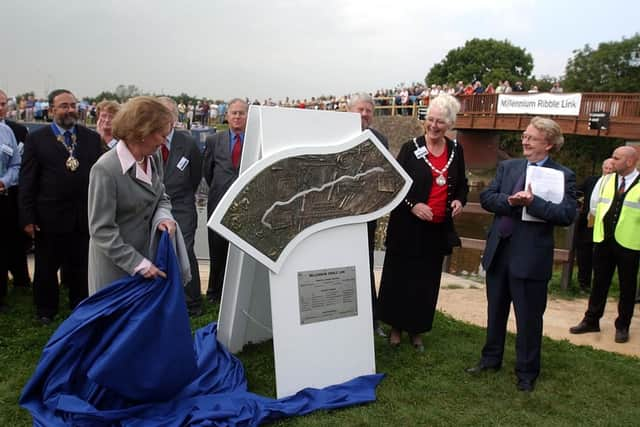

The nine locks had been designed to lower the water level to that of the last level – or pound – using sheet piles which were be driven into the ground with a vibrating machine rather than a hammer type. Work progressed at a furious pace, with around 20 of the contractor’s trucks a day taking waste material to the dump site which was located on waste land close to the docks.
The Millennium Three Rise, which is located next to Tom Benson Way, was then started. The three rise is a term which indicates the bottom gates of the top lock are the top gates of the second lock and so on for the second and third locks. The gates themselves are large, but as they are well balanced they are still relatively easy to operate.
A steel walkway constructed below the Preston to Blackpool railway now re-connects a footpath which runs from Ashton Park all the way down the waterway, terminating close to the Lea Gate public house on Blackpool Road.
The last lock to be completed was Lock 9, this was always going to be the most difficult as it was to be constructed in the channel of the tidal section of Savick Brook.
Advertisement
Hide AdAdvertisement
Hide Ad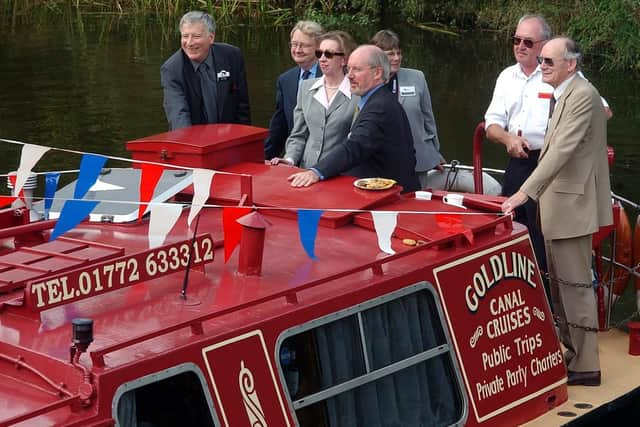

The lock gate is cylindrical in design, thus allowing it to rotate upwards to maintain the correct level in the bottom pound, but when the tide rises and makes the level of the bottom pound the gate is then lowered to allow craft to proceed.
Finally, after years of hard work on July 11, 2002 the link was opened by the cutting of the customary ribbon by the chairman at the top of the three rise.
The project has unique qualities as it is the only canal to be built entirely for leisure purposes and is operated using a one way system, boats sail in one direction on one day and the following day boats are allowed in the opposite direction. At the allotted time, the craft sailed in convoy down the Link and on to the Ribble before proceeding to Preston and into the Riversway complex.In September the same year, the official opening was performed by the Rt Hon Margaret Beckett MP Minister for the Environment.* The Millennium Link by Cliff Fazackerley is available priced £9.99 from Amazon.